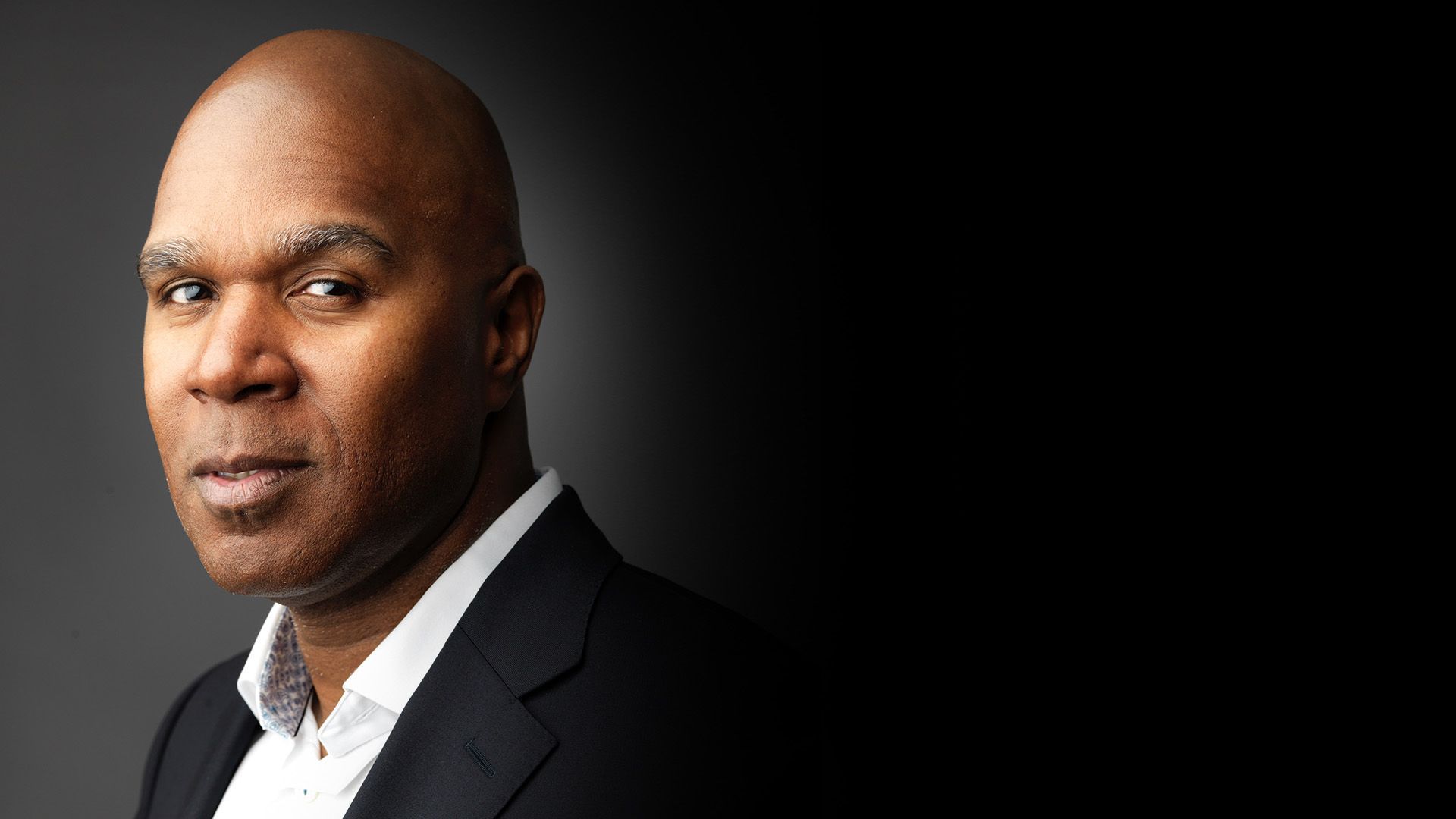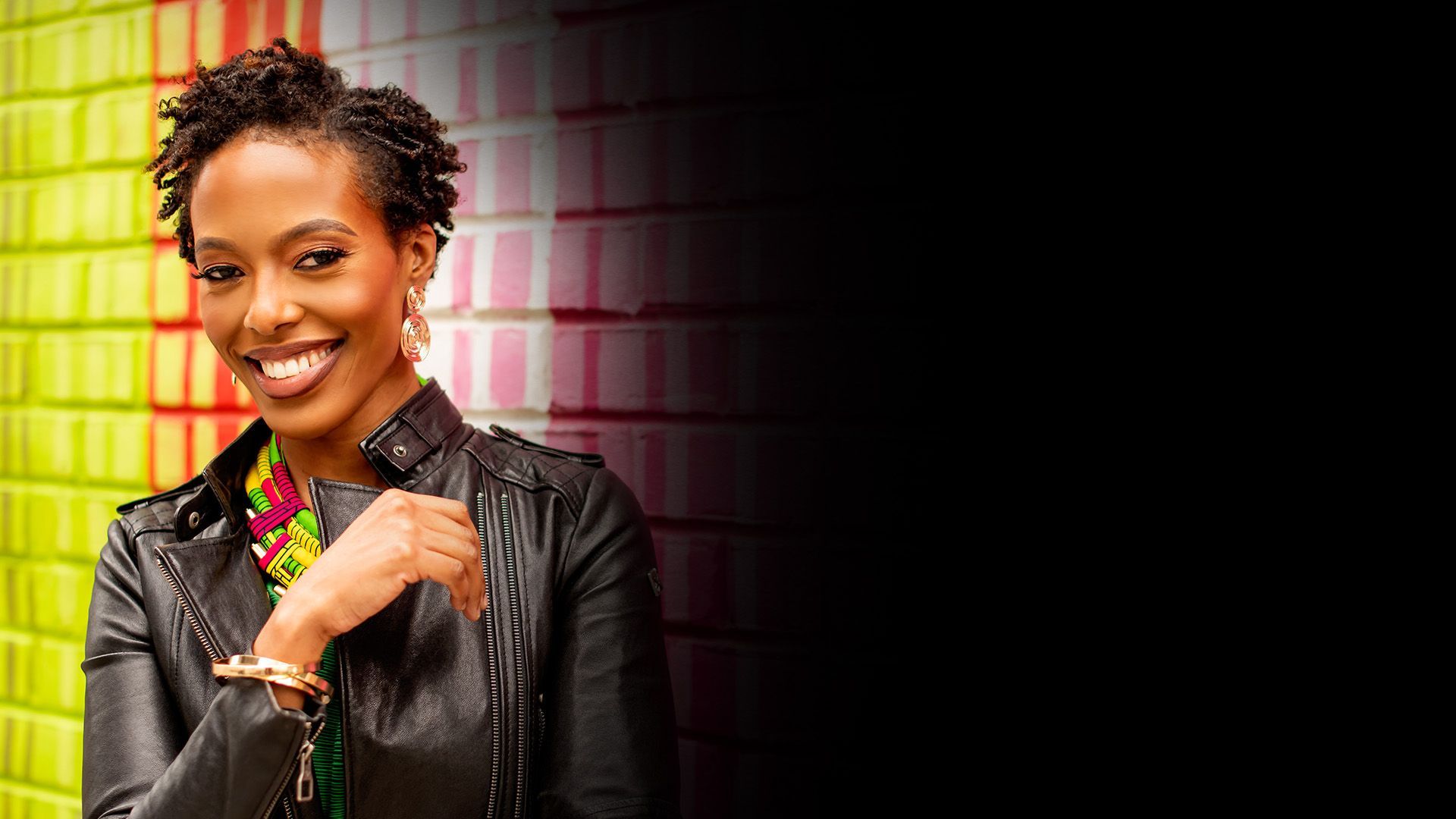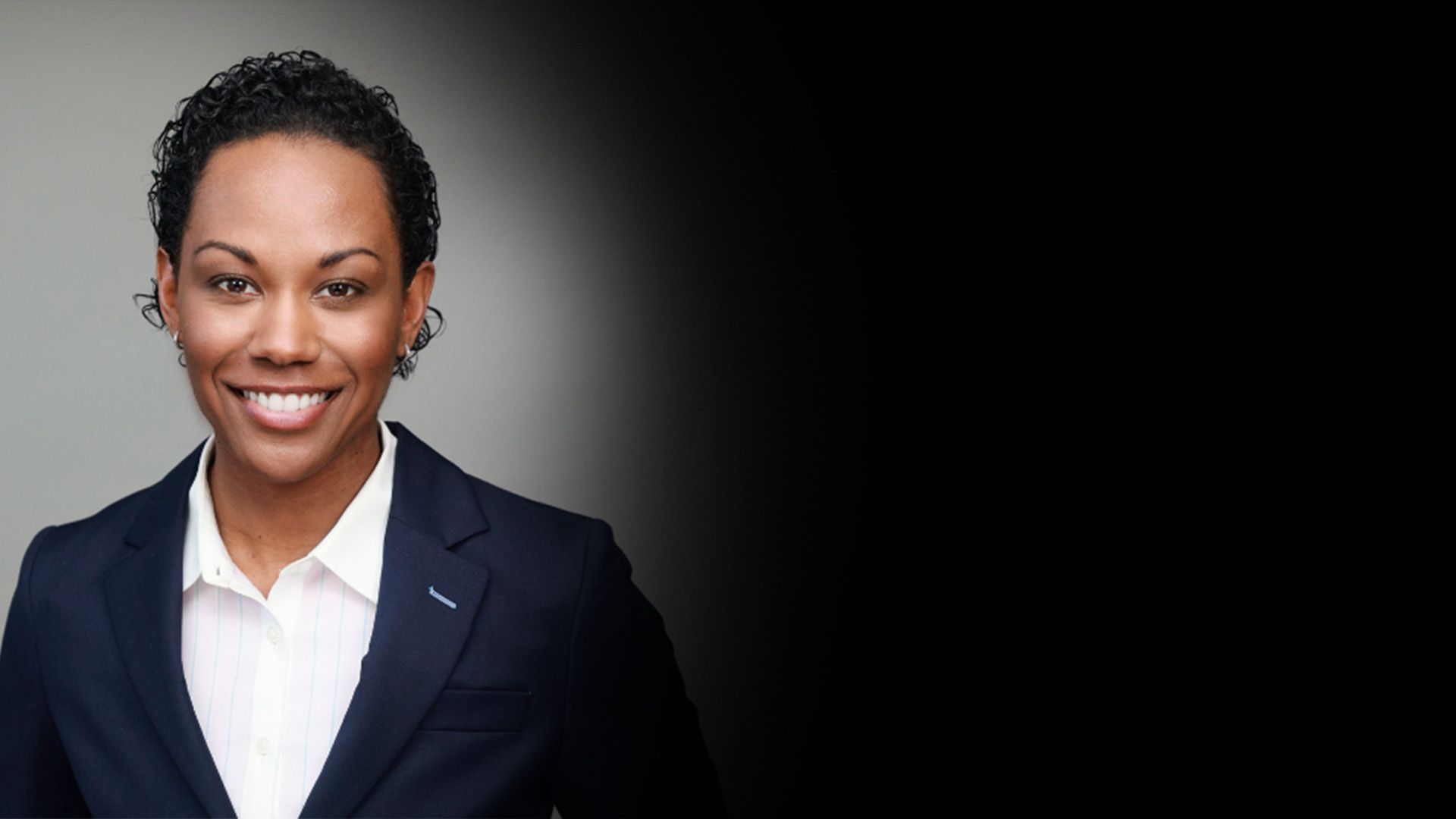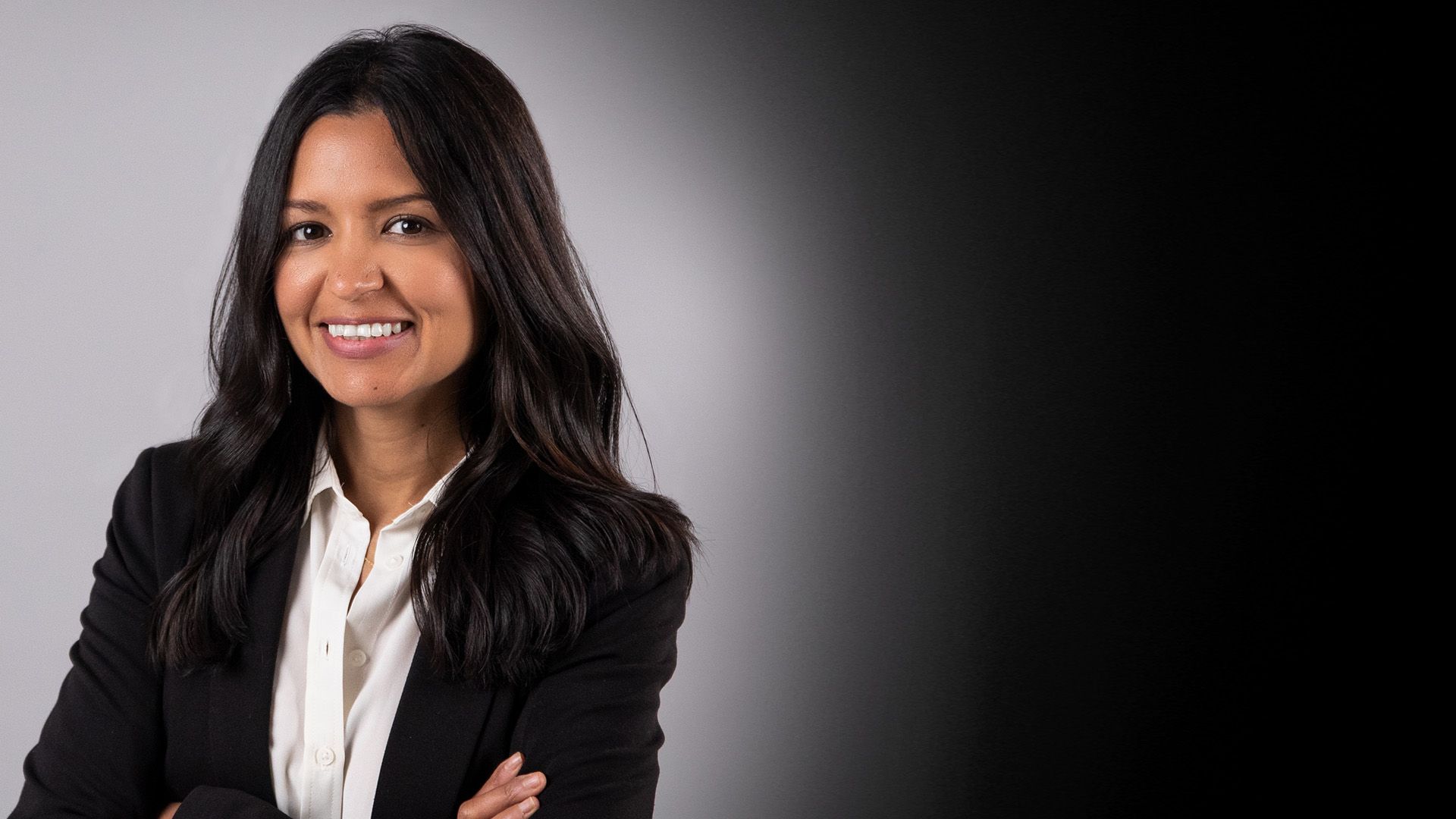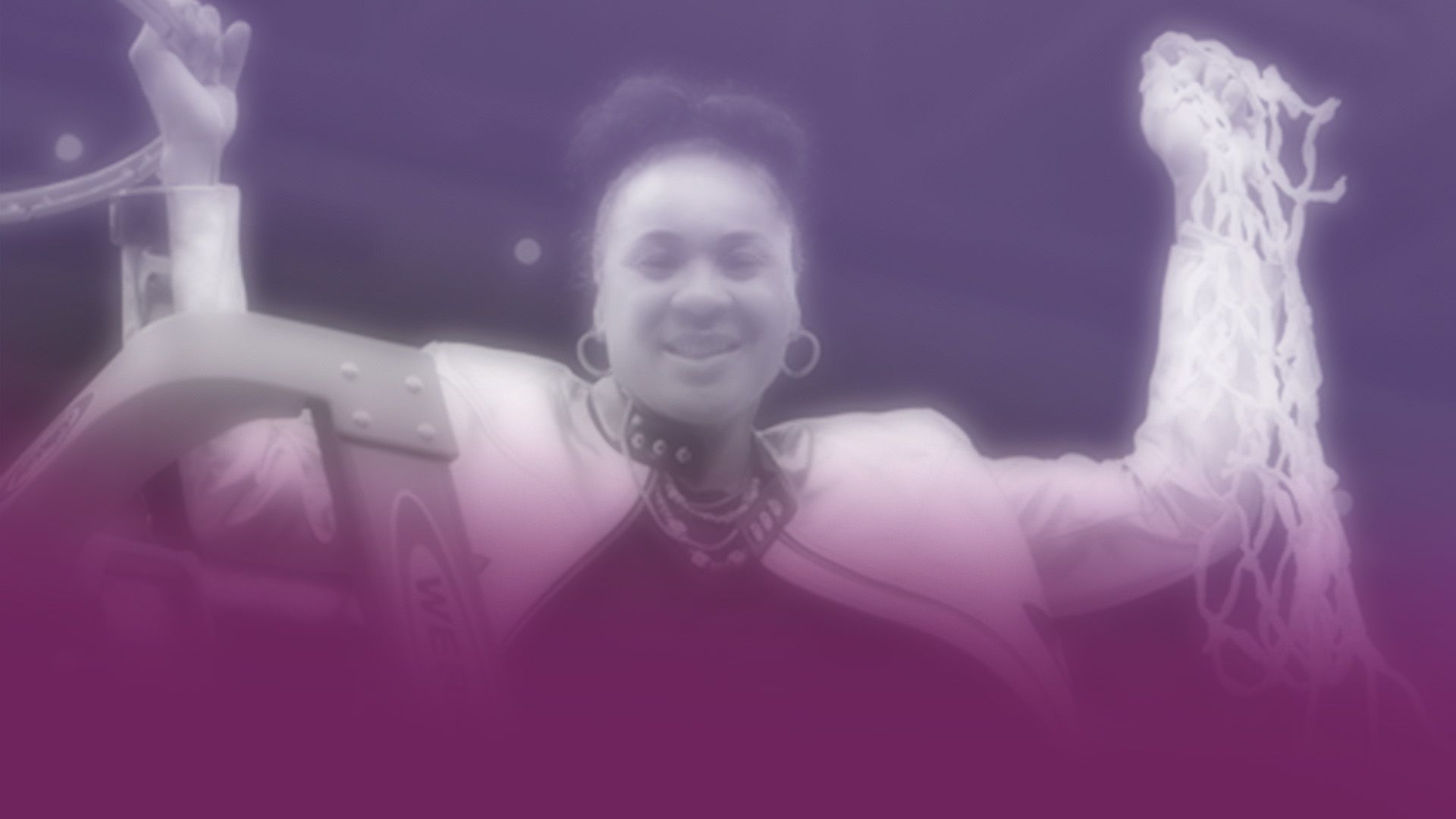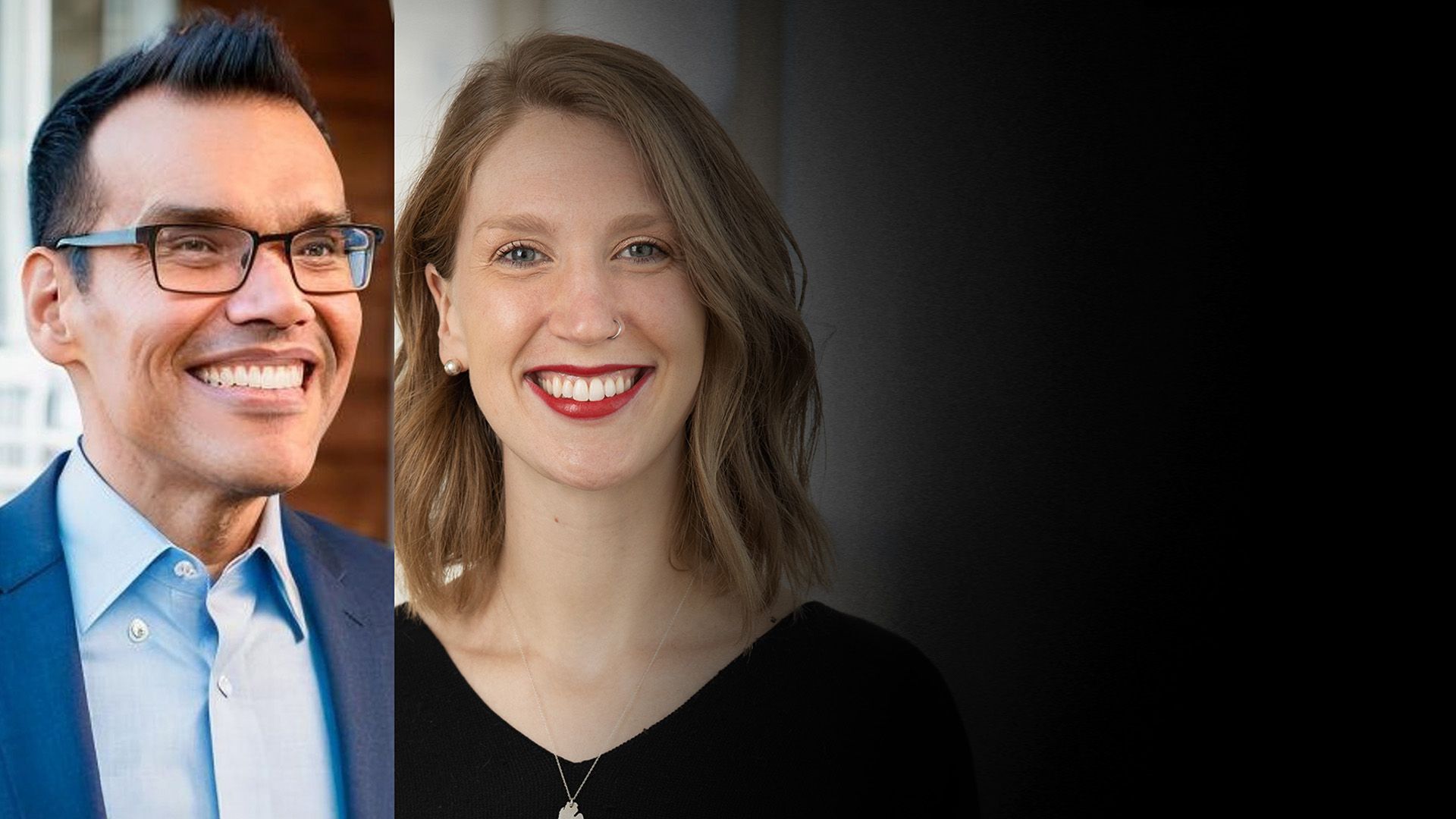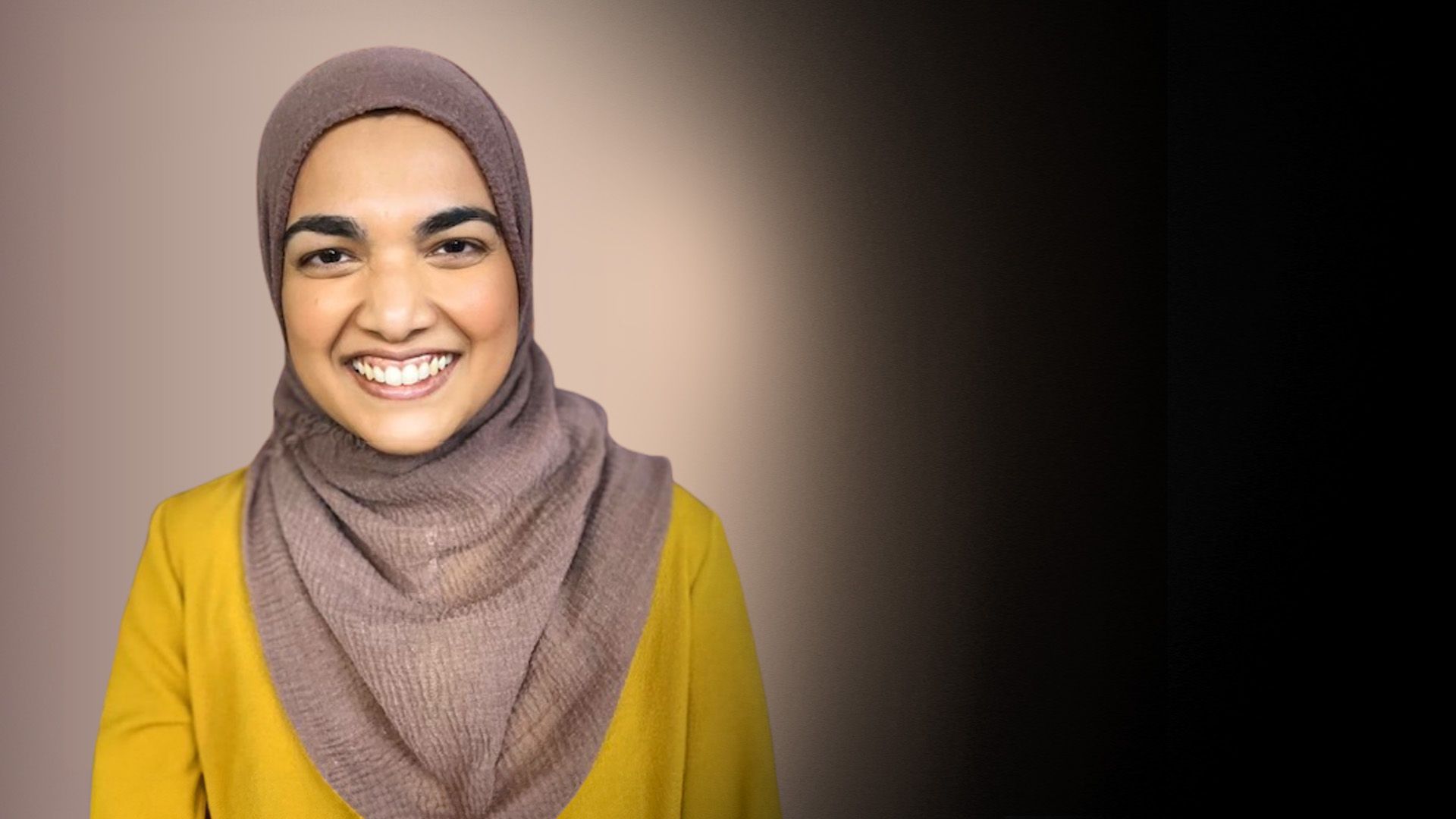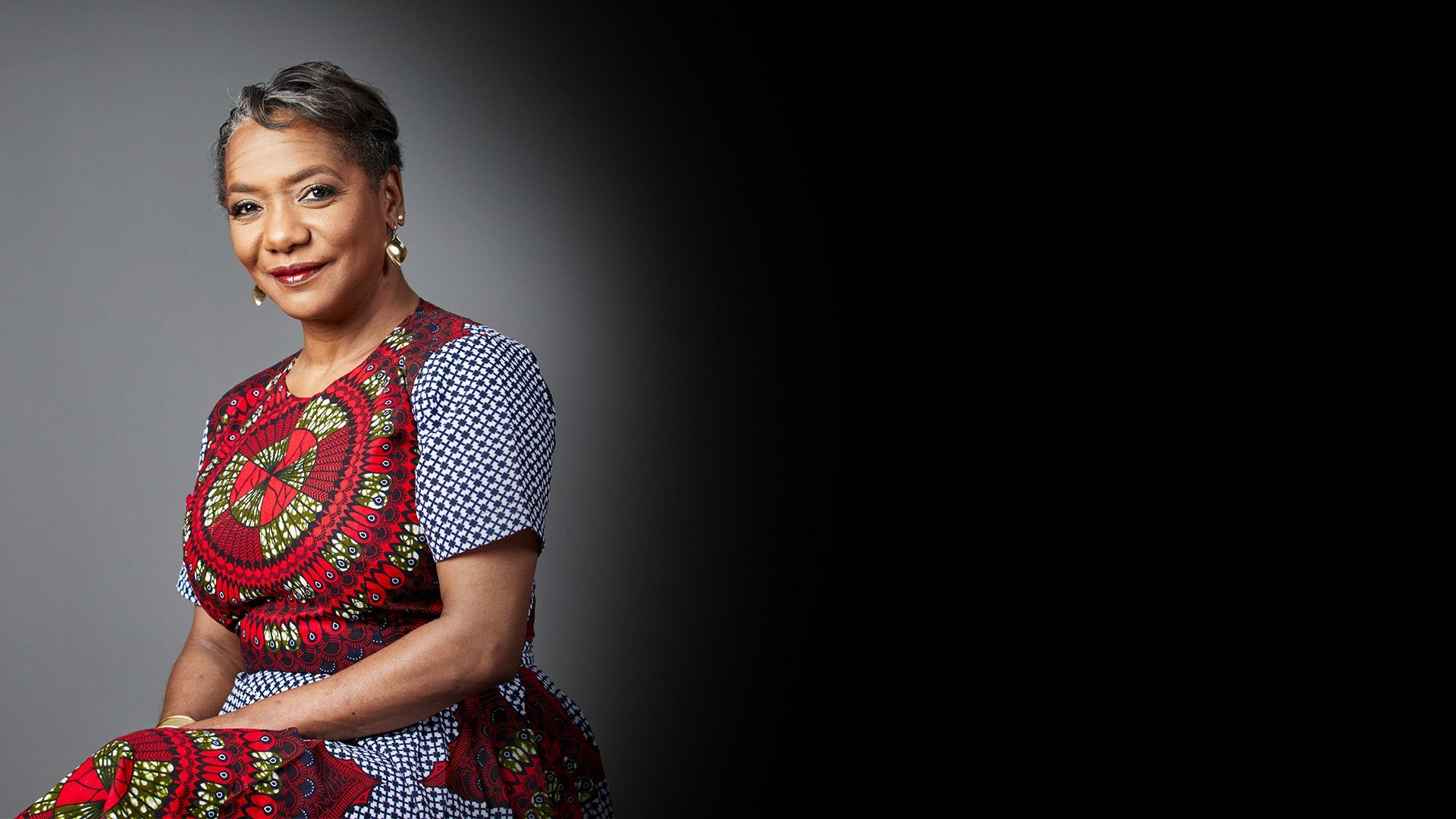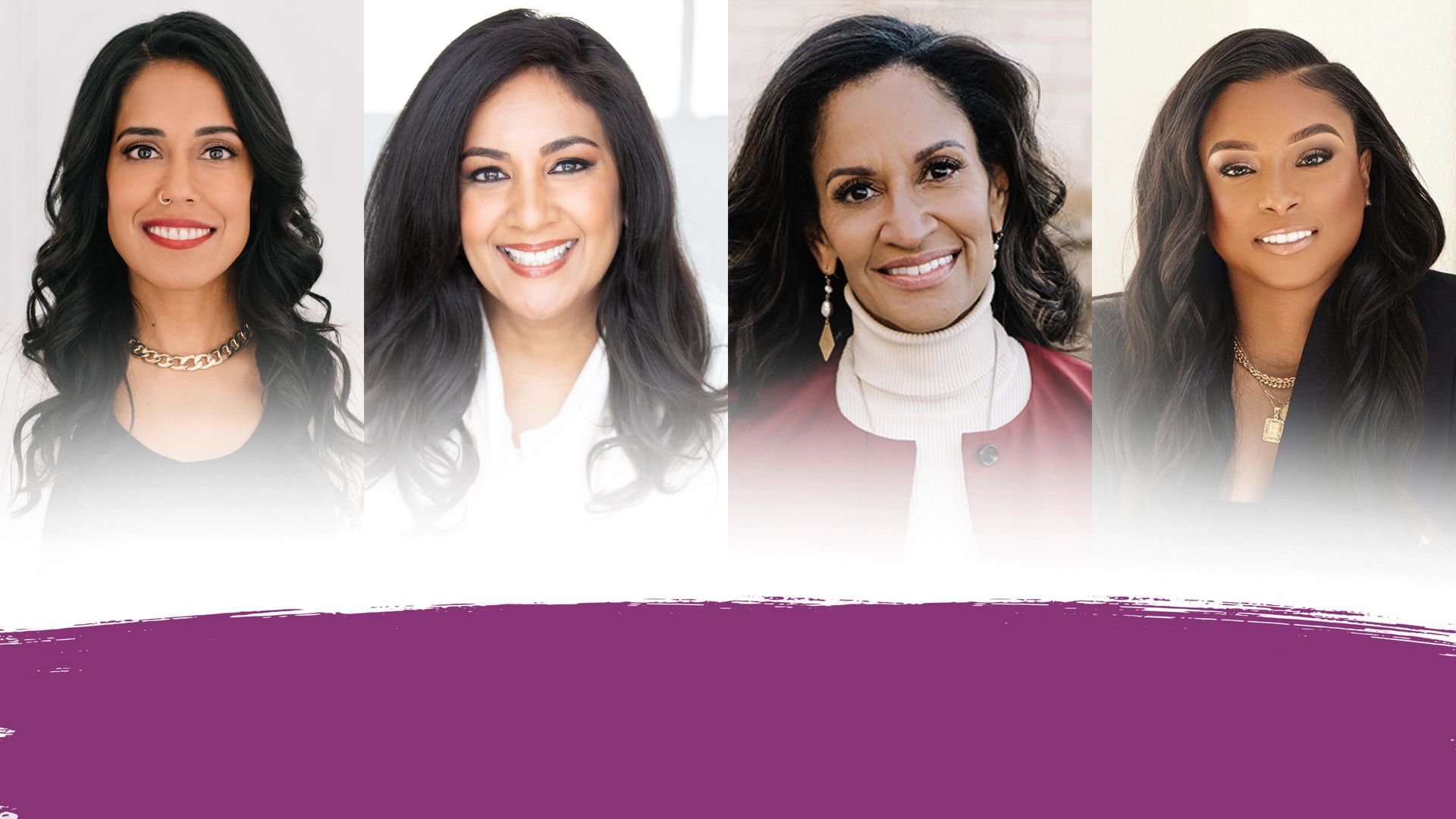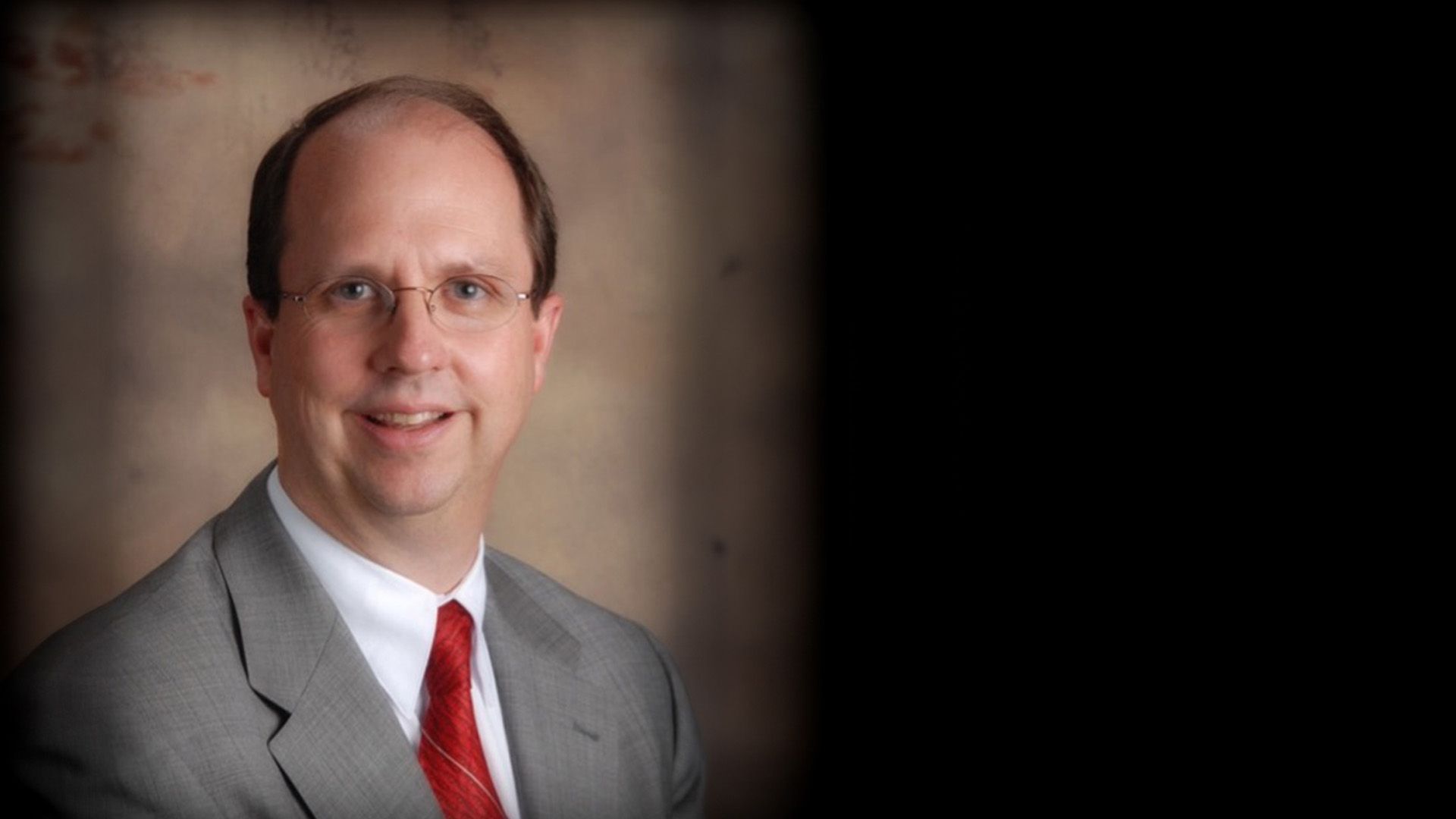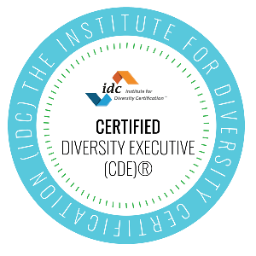Let’s Do Away with “Diversity and Inclusion”
When I see the eye-rolling that happens in a room full of professionals as soon as the words “diversity and inclusion” are uttered, it’s hard not to wonder if maybe it’s time to rebrand our work. Their response means just by using those words, I’ve made the work even harder; harder for them to accept it, and harder for them to engage in it.
That is, if I haven’t already lost them completely at the mere mention of the term.
Negative associations
At this point in time, business and society have amassed a laundry list of negative associations with D&I. Some see it as a government-mandated inconvenience. Others see it as just another meaningless corporate activity done for the sake of saying it was done. Sometimes D&I gets conflated with affirmative action, which remains a heated political topic.
Then there’s the harm done by “diversity branding,” wherein companies adopt D&I into their corporate language but do little, if anything, to make their organizations more diverse or inclusive.
What’s in a name
Even for those who care about the issues, there’s a growing sense of fatigue from learning the new terminology that comes out. Over the years, we’ve gone from “diversity” to “diversity and inclusion” to “diversity, inclusion, and equity” (with the ominous acronym DIE). Nudging the title a bit every decade just keeps relegating it to being another corporate buzzword.
There is
room for new and different terminology that breaks
this mold. That’s why I’ve coined different terms to describe my role in
promoting and enabling D&I. Inequity Disruptor. Intentional
Inclusionist .
.
Nothing has changed about the core of my work and mission when I show up, but changing my title makes a statement about what our work aims to accomplish and the mindset that will get us there.
However, some people want to hold on to old titles, saying, “It is what it is, so deal with it.” I would argue that there’s no evidence that the past language has gotten us very far. Statistics show we’re not much further along with diversity and inclusion than we were 10 years ago, so the language we chose probably isn’t having the impact we need.
Total rebrand
A brand is more than a name: It’s everything to how you come across to your audience. That’s why I make key shifts throughout my communication, such as using “underrepresented” in place of “minority.” It gets much closer to the heart of the matter, and it shows that we’re talking about more than the obvious physical differences.
I’ve seen it suggested that we get rid of all derivatives of “diverse” altogether and talk instead about “belonging.” Why? Because “diversity” has come become shorthand for “minority,” and it inadvertently communicates to majority groups that the benefits of diversity come at their expense.
That’s why we have people questioning whether diversity and inclusion is dead and offering alternatives that are hardly recognizable to people working daily for equity in our society.
Going deeper, how do you rebrand D&I within your organization? What if the message is getting stale, but it’s your responsibility to keep it salient? Language can help, but it might also be time to change your delivery mechanism. That might mean having new faces deliver the message, either by getting leadership to show more ownership or managing peers to become advocates. I’m often called in to do my work when resistance or apathy is so entrenched that the message needs to come from outside the organization entirely.
Reaching people
At the end of the day, do I really feel like everyone must throw the old terms in the trash for our work to survive? Not necessarily. The truth is, if your organization has a large population of millennials, who tend to consider D&I crucial to business success , then you’re better off keeping it. What all of us do need to do is to challenge ourselves to think about how we are showing up and how we’re approaching our work. If current language – or anything else – is truly a barrier to creating the diverse, inclusive, and equitable society we aim to create, then, yes, throw it out.
